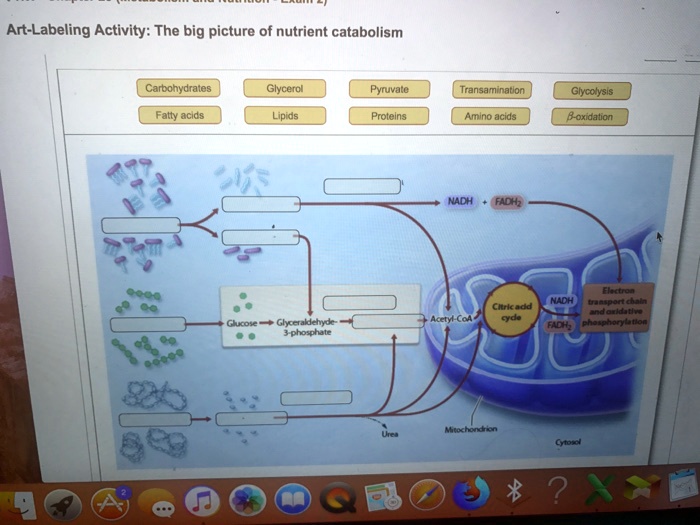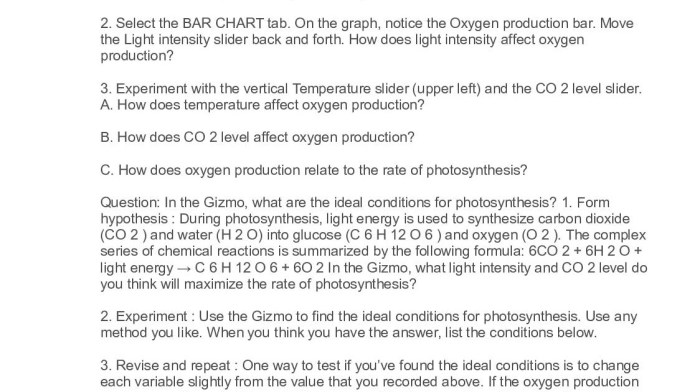Art-labeling activity the catabolism of complex carbohydrates, an interdisciplinary endeavor, delves into the fascinating connection between artistic expression and scientific understanding. This engaging approach enhances cognitive development, fosters critical thinking, and promotes a deeper appreciation for the intricacies of both art and science.
By integrating art-labeling activities with the study of carbohydrate catabolism, educators can create dynamic learning experiences that stimulate curiosity and ignite a passion for knowledge.
Art-Labeling Activities

Art-labeling activities are educational tools that involve labeling or annotating visual representations of concepts, objects, or processes. These activities enhance students’ understanding, recall, and cognitive skills.
In educational settings, art-labeling activities can be used to teach various subjects, including science, history, and language arts. For example, in a science class, students can label diagrams of the human body to learn about anatomy or label images of different animal species to study biodiversity.
Art-labeling activities foster cognitive skills such as visual processing, memory, and critical thinking. They also encourage collaboration, communication, and problem-solving.
Examples of Art-Labeling Activities
- Labeling anatomical diagrams in biology
- Annotating historical maps in social studies
- Creating concept maps in science or math
- Analyzing artwork and describing its elements in art class
- Annotating text passages to identify key ideas in language arts
The Catabolism of Complex Carbohydrates

Catabolism is the breakdown of complex molecules into simpler ones, releasing energy. The catabolism of complex carbohydrates involves a series of metabolic pathways that break down starches and sugars into glucose.
Enzymes Involved in Carbohydrate Catabolism
- Amylase:Breaks down starch into smaller polysaccharides
- Maltase:Breaks down maltose into glucose
- Sucrase:Breaks down sucrose into glucose and fructose
- Lactase:Breaks down lactose into glucose and galactose
Metabolic Pathways, Art-labeling activity the catabolism of complex carbohydrates
The catabolism of complex carbohydrates follows several metabolic pathways:
- Glycolysis:Glucose is broken down into pyruvate, releasing energy as ATP
- Citric acid cycle:Pyruvate is further oxidized to release CO 2, NADH, and FADH 2
- Oxidative phosphorylation:NADH and FADH 2are used to generate ATP through the electron transport chain
Integration of Art-Labeling and Carbohydrate Catabolism

Art-labeling activities can enhance the understanding of carbohydrate catabolism by providing a visual representation of the metabolic pathways involved.
An interdisciplinary lesson plan could involve students creating a diagram of the catabolism of complex carbohydrates, labeling the enzymes and metabolic pathways. This activity would reinforce the concepts and improve students’ recall.
Integrating art-labeling and carbohydrate catabolism can provide a more engaging and memorable learning experience.
Assessment and Evaluation
Assessment of students’ understanding of art-labeling and carbohydrate catabolism can include:
- Labeled diagrams:Students can create and label diagrams to demonstrate their understanding of the concepts
- Annotated texts:Students can annotate texts to identify key ideas and explain the metabolic pathways
- Presentations:Students can present their findings on art-labeling and carbohydrate catabolism to the class
Feedback and support are crucial to facilitate students’ learning and understanding.
Extensions and Applications: Art-labeling Activity The Catabolism Of Complex Carbohydrates

The concepts of art-labeling and carbohydrate catabolism can be extended to other disciplines, such as medicine and engineering.
In medicine, understanding carbohydrate catabolism is essential for diagnosing and treating metabolic disorders. In engineering, the principles of catabolism can be applied to the design of biofuels.
Integrating art-labeling and carbohydrate catabolism can foster a deeper understanding of these concepts and their real-world applications.
Common Queries
What are the benefits of integrating art-labeling activities with carbohydrate catabolism?
Integrating these concepts enhances cognitive skills, fosters interdisciplinary connections, and promotes a deeper understanding of both art and science.
How can art-labeling activities support the understanding of carbohydrate catabolism?
Art-labeling activities provide a visual and engaging way to represent complex scientific concepts, making them more accessible and relatable to students.
What assessment methods are appropriate for evaluating students’ understanding of art-labeling and carbohydrate catabolism?
A combination of formative and summative assessments, such as observations, quizzes, and projects, can effectively evaluate students’ knowledge and skills in both areas.
